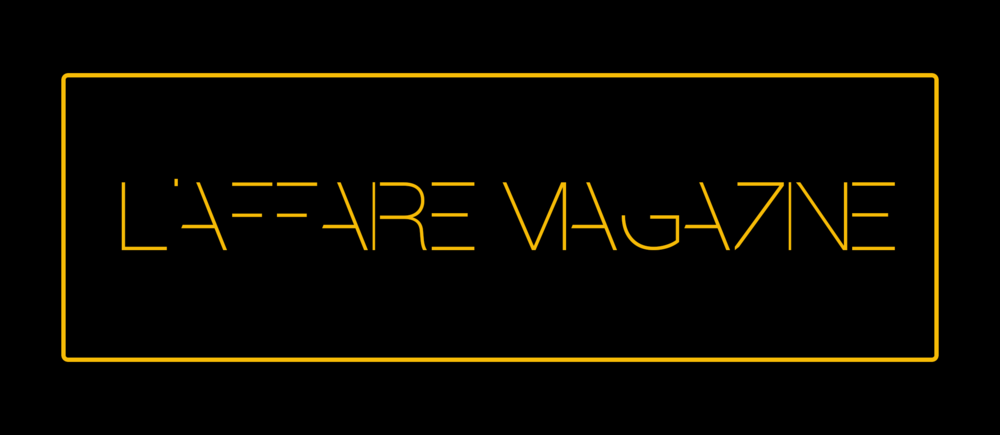From Selfie to Self Expression
By Egle Valeikaite
Deep into the tropical forest, in the far north of the Indonesian island Sulawesi, David Slater was trekking the land and taking pictures of the wildlife. The purpose of the short trip was to shadow and capture the island’s most iconic troupe of endangered macaque monkeys. Capture away he did. In fact, it was one of these monkeys that playfully grabbed his camera and took a beautifully innocent selfie – what we now know to be the first ever animal selfie.
Things quickly went viral on social media and the image itself went on to become a sensation all around the world. The story later reached the courts to determine whom the picture actually belonged to as a matter of copyright law: the human or the animal? That was in 2011.
Fast forward to today and “selfie” is a well recognised term. It was even named as the word of the year by Oxford Dictionaries in 2013. Deemed as a useless Japanese invention once, the selfie stick is now dominating the world with its very useful objective.
Have we become creatures in a concrete jungle discovering ourselves via social media and self- captured images? Or is this a form of art for self expression? Afterall, everyone is taking selfies these days: from the Pope and Barack Obama to our next door neighbour.
Only a few months ago the Saatchi Gallery in London held its “From Selfie to Self-Expression” exhibition, showcasing celebrities and everyday peoples’ photos. It also featured the aforementioned macaque monkey.
Fashion psychologist Jemma Beveridge points out: “Curating one’s images and profile in general is a form of self-expression, which simultaneously forms and maintains one’s sense of identity”. In other words, we are shaping ourselves and portraying the life we desire to live. It is as if we can be whomever we want, while trying to appear the best we can to the outer world online and make great first impressions to potential partners, employers or society in general.
Some argue that taking selfies and documenting our lives on video is increasingly making us narcissistic, but the truth is this trend to document oneself through self portraits and written diaries has existed for centuries and the art form of a self portrait is not new.
The rise of artists’ using self portraits as self expression has reached its peak during the Early Renaissance in the mid-15th century. It seems there has always been this desire to see oneself as others would. Frida Kahlo, like some other highly regarded artists, built her whole reputation around creating images of herself. We can only imagine what art she would have produced, if she lived today.
J.G. Ballard has predicted the rise of video and self documentation: “Every home will be transformed into its own TV studio. We’ll all be simultaneously actor, director and screenwriter in our own soap opera. People will start screening themselves. They will become their own TV programmes.”
There is no doubt that technology has played the major role in shaping our habits and the way we re-imagine ourselves. Nowadays we do not need to be an artist to be able to portray ourselves. All we need is a smartphone, an unobstructed background, good lighting and a couple of filters to create a new reflection of ourselves to be shared on social media. We have suddenly become artists carefully constructing our own lives.
Selfies on social media are ephemeral and fresh new content is produced daily. In fact Google has reported that 24 billion selfies were uploaded in 2015.
There has to be a balance, however. There is nothing wrong with a crafted self image, but it is best to keep it real and maintain a healthy sense of self worth. It has been proven again and again that vulnerability is celebrated by the online community. When model Essena O’Neill broke down into tears in an emotional video while telling the world her story about pressures to appear “perfect” on Instagram, people took notice, listened and sympathised with her.
Perhaps the reason why being real and vulnerable on camera is so powerful is because it taps into our emotions and a desire to connect with others on the most deepest and meaningful level. And just like that, by simply being in the moment and pressing the camera button the macaque monkey is capturing our hearts.
